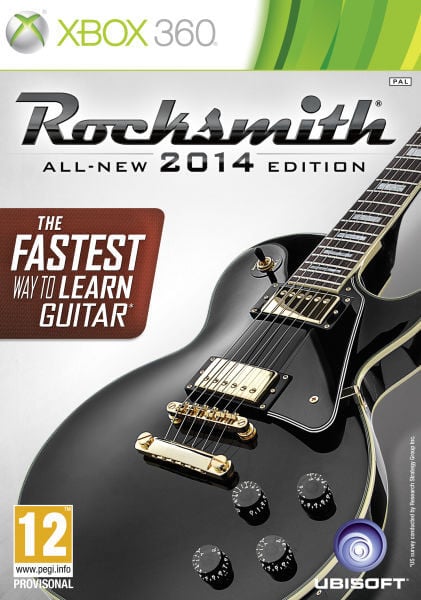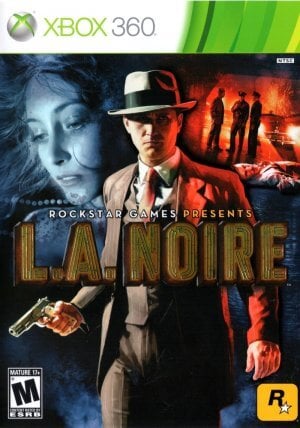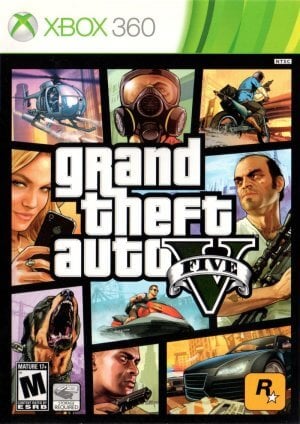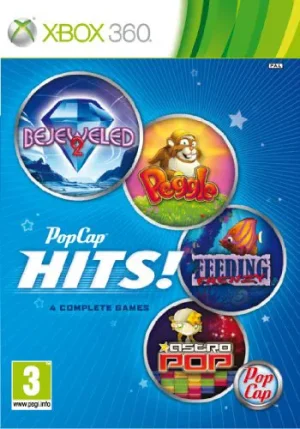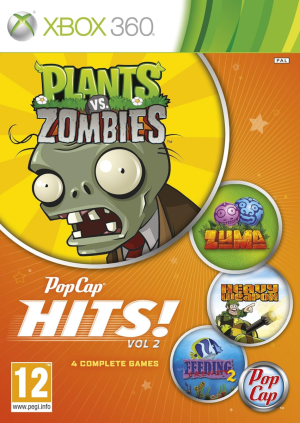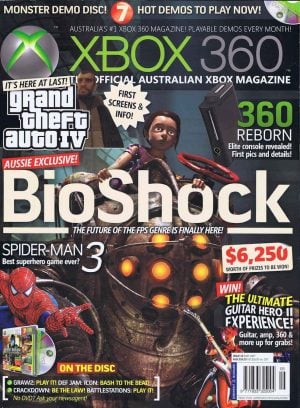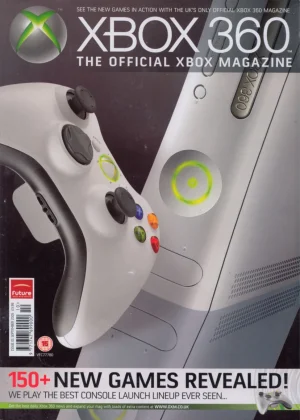The sequel to Rocksmith is Rocksmith 2014. It is a music game that, like its predecessor, uses an actual electric guitar as a controller, although it is now designed more as a learning tool than a game. The gameplay is essentially the same: notes are presented floating on a board and must be hit as they reach an overlay of the guitar’s fingerboard near the bottom of the screen. However, the presentation has changed: there is no longer a “journey” option in which the player travels through events with set lists ordered by difficulty. Instead, the game is driven by “missions,” which are objectives that must be completed in some of the game’s numerous modes. These are the modes:
Learn a song: As the name implies, the player chooses a learning theme. Pieces can be selected in any order. However, the game will recommend songs in a predetermined progression to assist novices in learning how to play the instrument. Based on the players’ previous performance, the game will also offer specific lessons or approaches to be discovered or practiced. While performing a song, the player can enter “Riff Repeater” mode, where particular music parts can be selected and repeated until mastery. In this mode, you may specify a starting difficulty or speed; as the player masters this difficulty or speed, the game will level up, increasing the difficulty or speed. Further options exist for several repetitions, error tolerance, and viewing previous mistakes.
Session mode: The player jams with a simulated band in this mode. The player chooses the number and type of instruments, the music genre, key, scale (for example, pentatonic minor), tempo, and intricacy. The game then displays the primary interface with highlighted notes on the fingerboard, instructing the player on which notes to play to stay in key and which reports accentuating. The band contains artificial intelligence and is responsive to how the music is performed; thus, it will follow the player based on the intensity or speed of the notes being played.
Nonstop play: in this mode, players compose a set list of one or more songs and play them in order, with no gaps (save for tuning when necessary).
Courses: Here, the player can access classes ranging from the most basic, such as holding the guitar or the pick, to the most sophisticated, such as two-hands or harmonics skills. The lessons are provided in video format, and the participant must subsequently practice what was shown. The game detects faults and tells players what they did wrong and how to remedy it.
Guitarcade has 11 mini-games that allow the player to practice specific techniques. They are as follows:
Gone Wailin’ is a forced side-scroller with volume dynamics.
String Skip Saloon, an old-west shooter-themed string skipping game;
Ducks ReDux is a duck-shooting anxiety game.
Ninja Slide N is a game in which the player controls a ninja who uses slides to slice ghosts.
Scale Warriors is a scales beat them up game.
Return to Castle Chordead, a chord rail shooter reminiscent of House of the Dead.
Hurtlin’ Hurdles, an Olympiad-themed tremolo game;
Temple of Bends is a platformer with bends.
Scale Racer is a scale-practicing arcade racer game.
Star Chords is yet another rail shooter with a sci-fi theme.
Harmonic Heist is a game in which the player uses harmonics to control the movements of a thief in a museum.* In this mode, two players can play co-op (two Real Tone cables are required).
Tone designer: Various guitar amps and pedals allow players to create tone. The equipment spans from genuine manufacturers like Marshall and Orange to fake ones made mainly for the game.
Rocksmith 2014 is compatible with all Rocksmith DLC songs.

